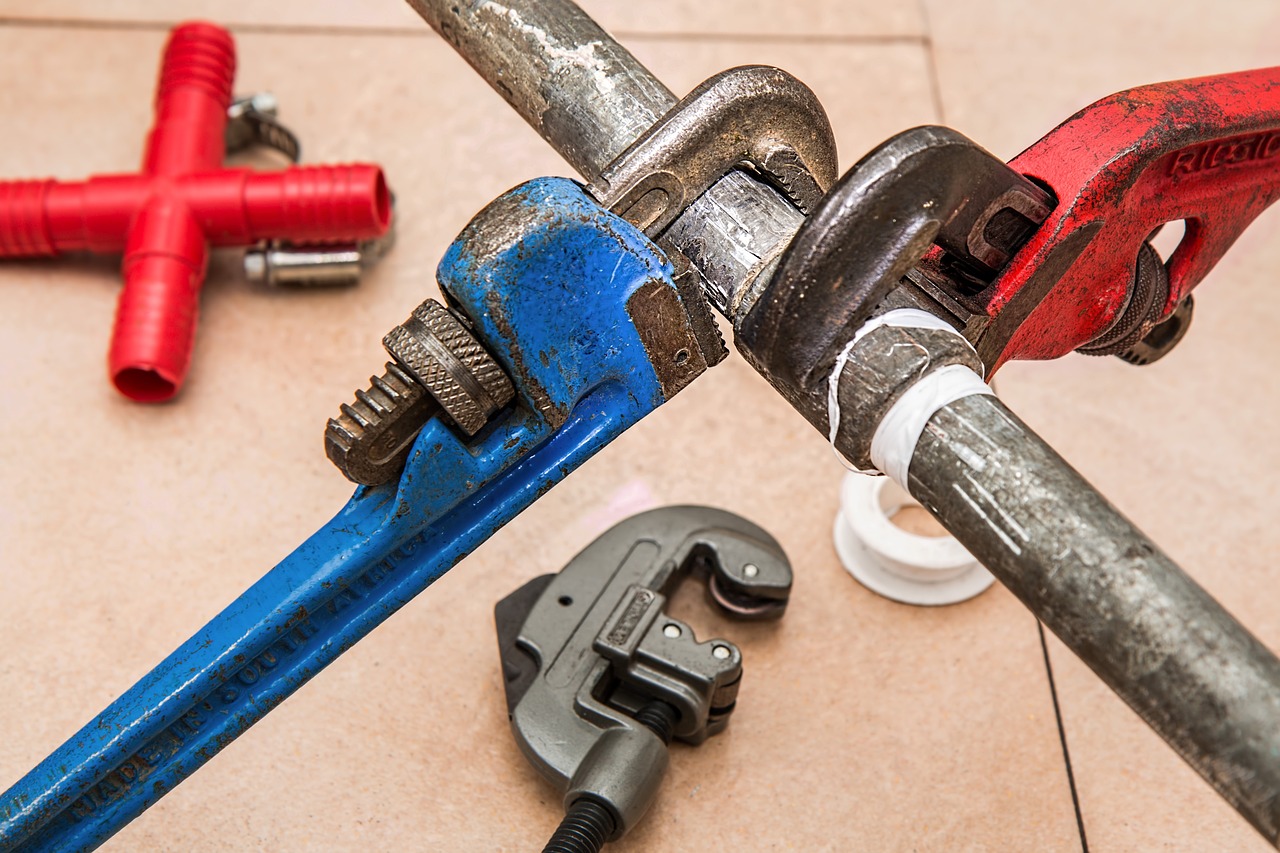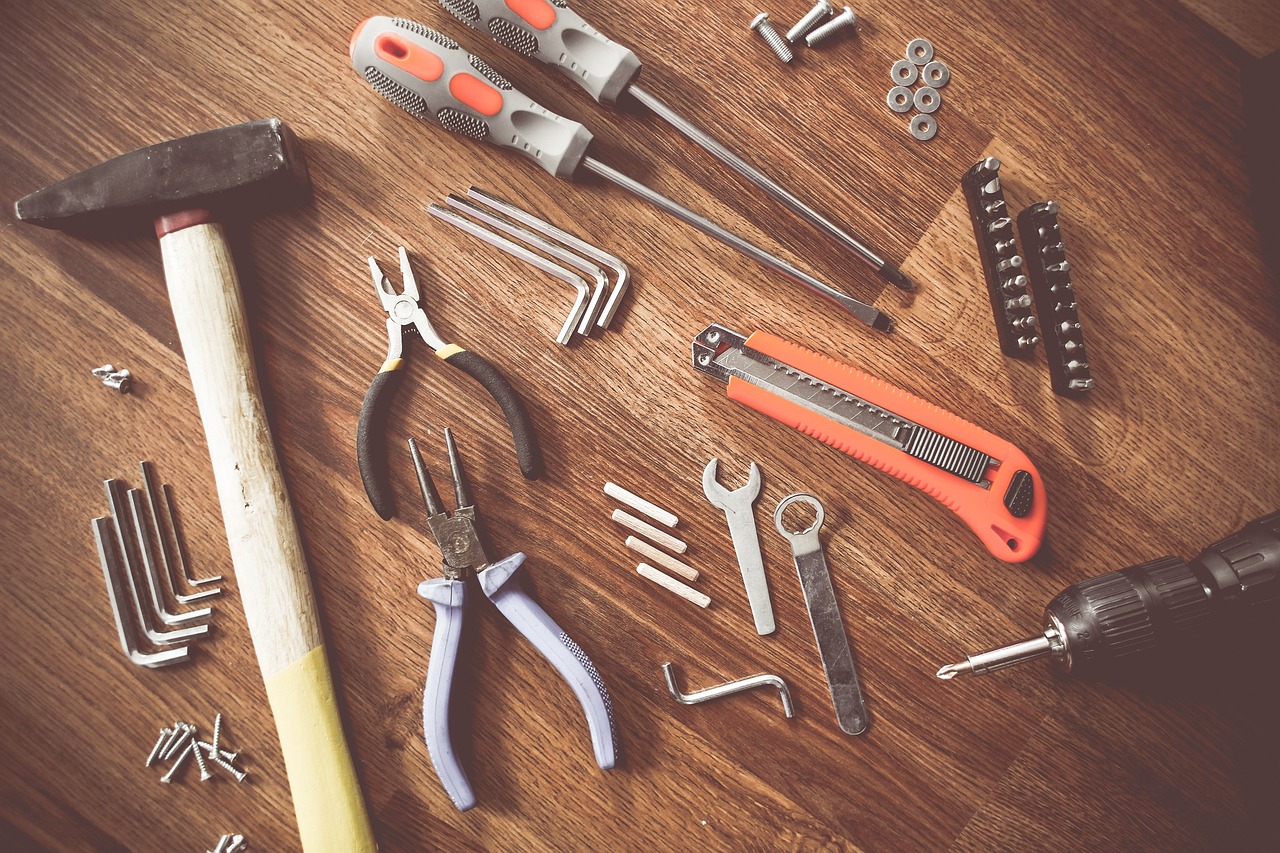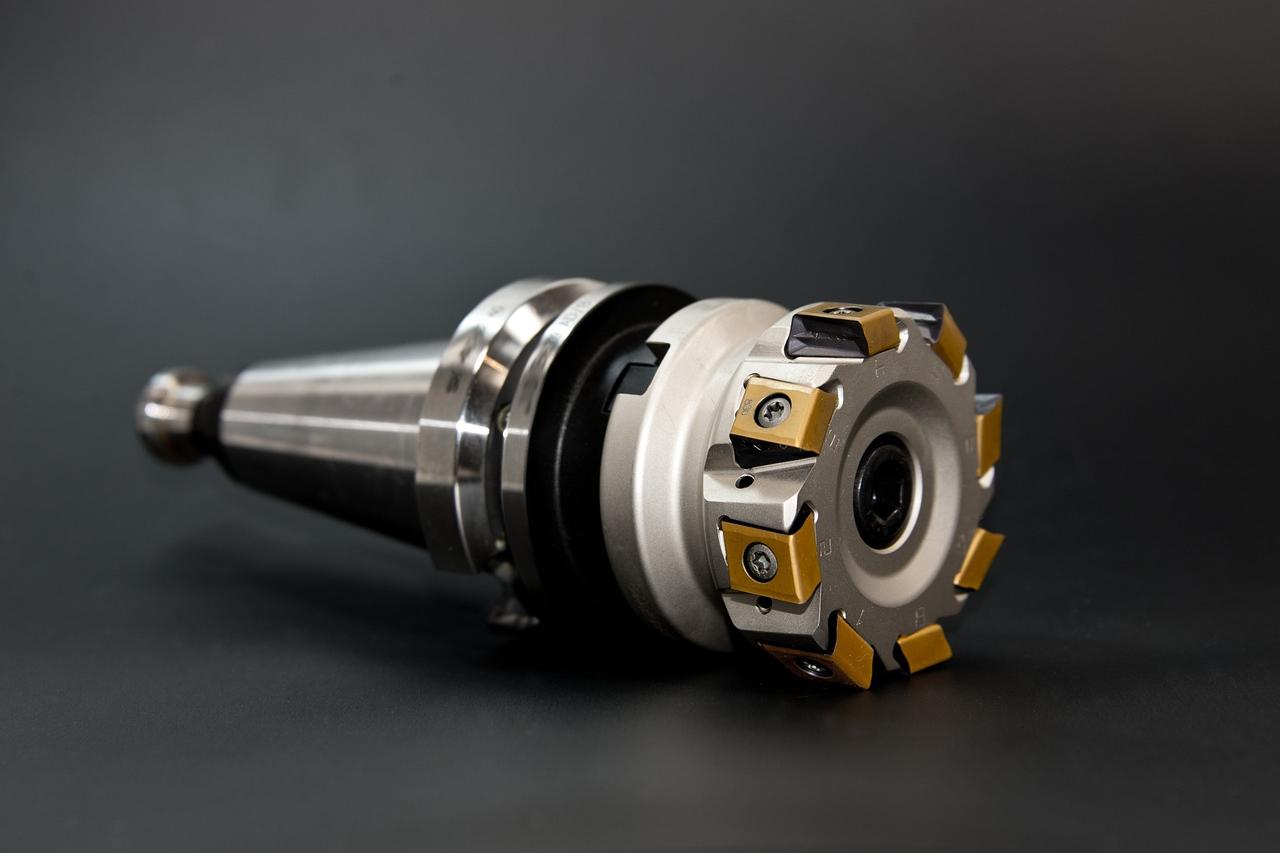- Shanghai Zhongshen International Trade Co., Ltd. - Two decades of trade agency expertise.
- Service Hotline: 139 1787 2118

In the global manufacturing supply chain, measuring tools (such as calipers, micrometers, laser rangefinders, coordinate measuring machines, etc.) produced in China continue to be favored by the US market due to their high cost - performance ratio and technological maturity. However, due to differences in Sino - US trade policies, technical standard barriers, and logistics complexity, many Chinese enterprises often face problems such as compliance risks, customs clearance delays, and cost out - of - control during independent exports. This article will analyze the key access points of the US market for export enterprises and explain how professional import and export agency services can be the key to breaking the situation.Export RepresentationI. Core Regulatory Requirements of the US Market for Measuring Tools
Contents
ToggleII. Core Value of Export Agency Services: Taking the Measuring Tool Industry as an Example
1.: Electronic measuring equipment with wireless transmission functions (such as Bluetooth rangefinders) needs to meet the electromagnetic compatibility standards of the Federal Communications Commission.
- FCC certification: measuring instruments dedicated to the medical field (such as surgical navigation measuring instruments) must be declared to the US Food and Drug Administration.
- FDA registration: industrial - grade precision measuring tools need to provide calibration certificates that meet the requirements of the National Institute of Standards and Technology (NIST) of the United States.
- NIST traceability: Accurate Classification of Customs Codes (HTS)
2.Measuring tools involve multiple tariff number classifications. For example:
: optical instruments for length and angle measurement
- 9017.80.0000: Optical instruments for length and angle measurement
- 9031.80.0000: Measuring devices for industrial process control
Classification errors may lead to a surge in tariff costs or the detention of goods.
3.Anti - dumping and tariff increase risks
The United States still retains additional tariffs on some Chinese - made measuring equipment (such as electronic micrometers), and it is necessary to dynamically monitor the adjustment announcements of the United States International Trade Commission (USITC).
III. Typical Problems and Response Cases of Agency Services
Does the product design comply with Chinas mandatory standards?import and exportThe agency company can provide enterprises with a full - process solution, avoiding more than 90% of potential risks:
1.Compliance pre - review service
- Optimization of technical documents: Assist in preparing English instructions, material reports and test data in line with ANSI/ASME standards.
- Certification agency: Integrate laboratory resources such as FCC and UL, shortening the certification cycle to 60% of the conventional process.
- Intellectual property screening: Investigate the risk of design infringement through the database of the United States Patent and Trademark Office (USPTO).
2.Apply for preferential treatment under the CIS Free Trade Agreement (tariff reduced from 12% to 6.5%)
- Application of rules of origin: Seek the most - favored - nation tariff rate for specific products through methods such as transshipment processing in Southeast Asia.
- Utilization of Section 321: Apply for duty - free and rapid customs clearance for low - value samples below $800.
3.Professionally declare the HTS code to ensure accurate tariff rates (the general tariff rate for hand - held saws is about 3.5%).
- Transportation plan for precision instruments: Use temperature - controlled and shock - proof containers + full - process GPS monitoring to ensure the transportation safety of high - precision measuring tools (such as 0.001mm - grade gauge blocks).
- Pre - stocking in bonded warehouses: Establish transit warehouses in Los Angeles, Chicago and other places to achieve 48 - hour delivery within the contiguous United States.
IV. Four Evaluation Dimensions for Selecting a Professional Agent
Case Background: An optical measuring instrument manufacturer from Jiangsu had its goods detained by Los Angeles Customs for failing to label them with "Made in China," and now faces a daily demurrage fee of $500.
Intervention plan for agency services:
- Emergency replacement of origin labels compliant with ASTM F963 standards
- Submit the Customs Compliance Rectification Commitment Letter to strive for exemption from administrative penalties
- Redesign the outer packaging template to include a reserved position for the FDA anti - counterfeiting label
The total cost was reduced by 12%, and the order was delivered on time.: The goods completed customs clearance within 72 hours, and the customs clearance time for subsequent orders was increased to an average of 1.8 working days.
Technical Certification Compliance
1.Industry - specific service team: Whether there is a successful customs clearance case library for the category of measuring tools
2.Risk Response Mechanism: Provide a real - time in - transit monitoring system and a compliance risk early - warning platform
3.Localized network: Whether there are self - operated customs clearance offices at major US ports
4.With the increase in the penetration rate of electric vehicles, the import demand for the three - electric systems (battery, motor, electronic control) and charging pile components has surged, but they face more stringent technical barriers:: Whether it is promised that there are no hidden fees (such as ISF declaration surcharges, etc.)
V. Conclusion
On the technology - intensive track of measuring tools, professional agency services have been upgraded from simple document processors to strategic partners. By integrating policy interpretation, risk control and supply chain optimization capabilities, high - quality agency companies can help enterprises increase customs clearance efficiency by more than 40% and reduce comprehensive logistics costs by 15% - 22%.for containers exported to the USOn this technology-intensive track, professional agency services have evolved from mere "document processors" to "strategic partners." By integrating capabilities in policy interpretation, risk management, and supply chain optimization, premium agency firms can help enterprises enhance customs clearance efficiency by over 40% while reducing overall logistics costs by 15%-22%.
ZhongShen International TradeHow can Chinese garden tools break through the three major challenges in the US market?
Related Recommendations
? 2025. All Rights Reserved. Shanghai ICP No. 2023007705-2  PSB Record: Shanghai No.31011502009912
PSB Record: Shanghai No.31011502009912










